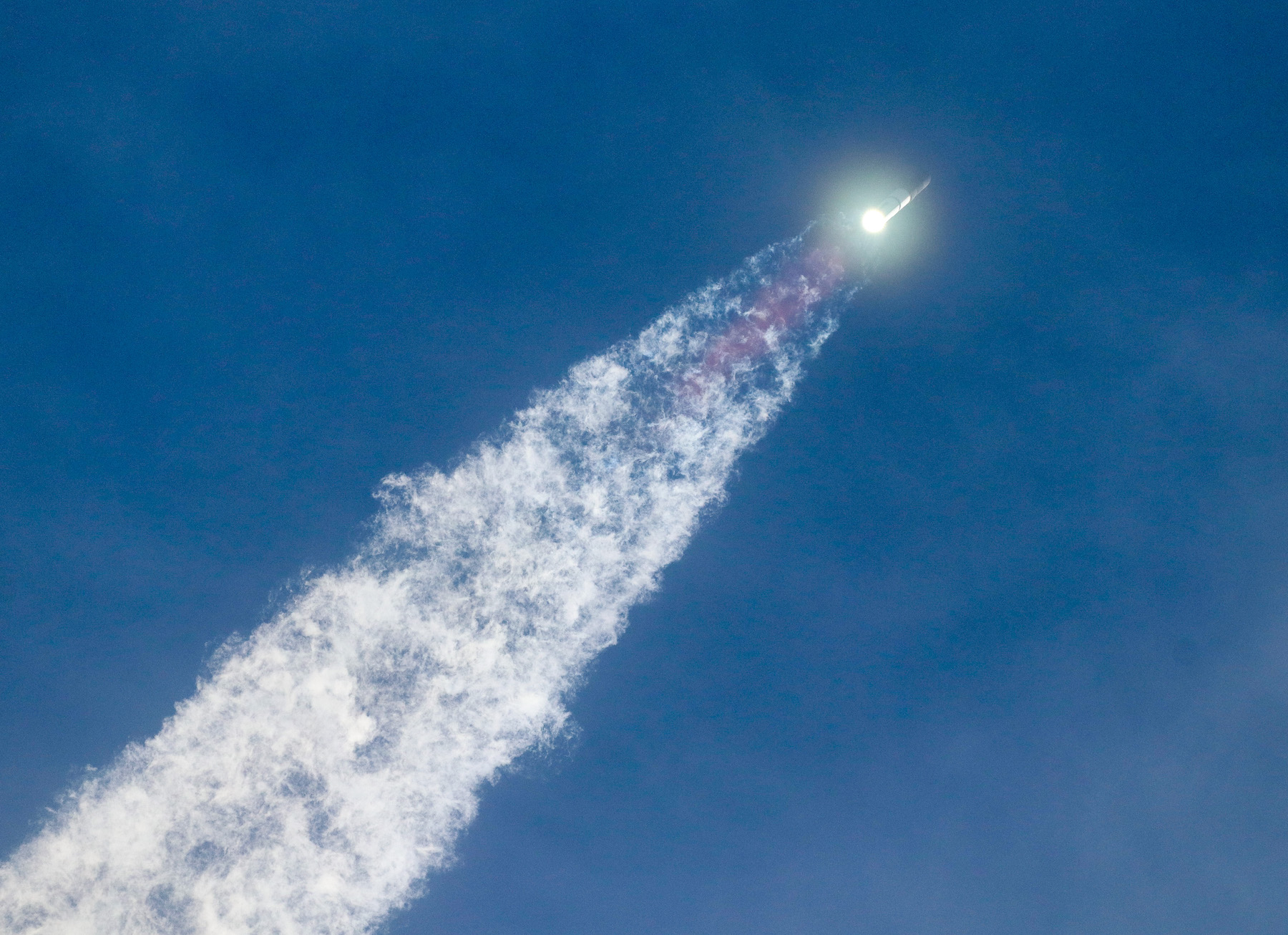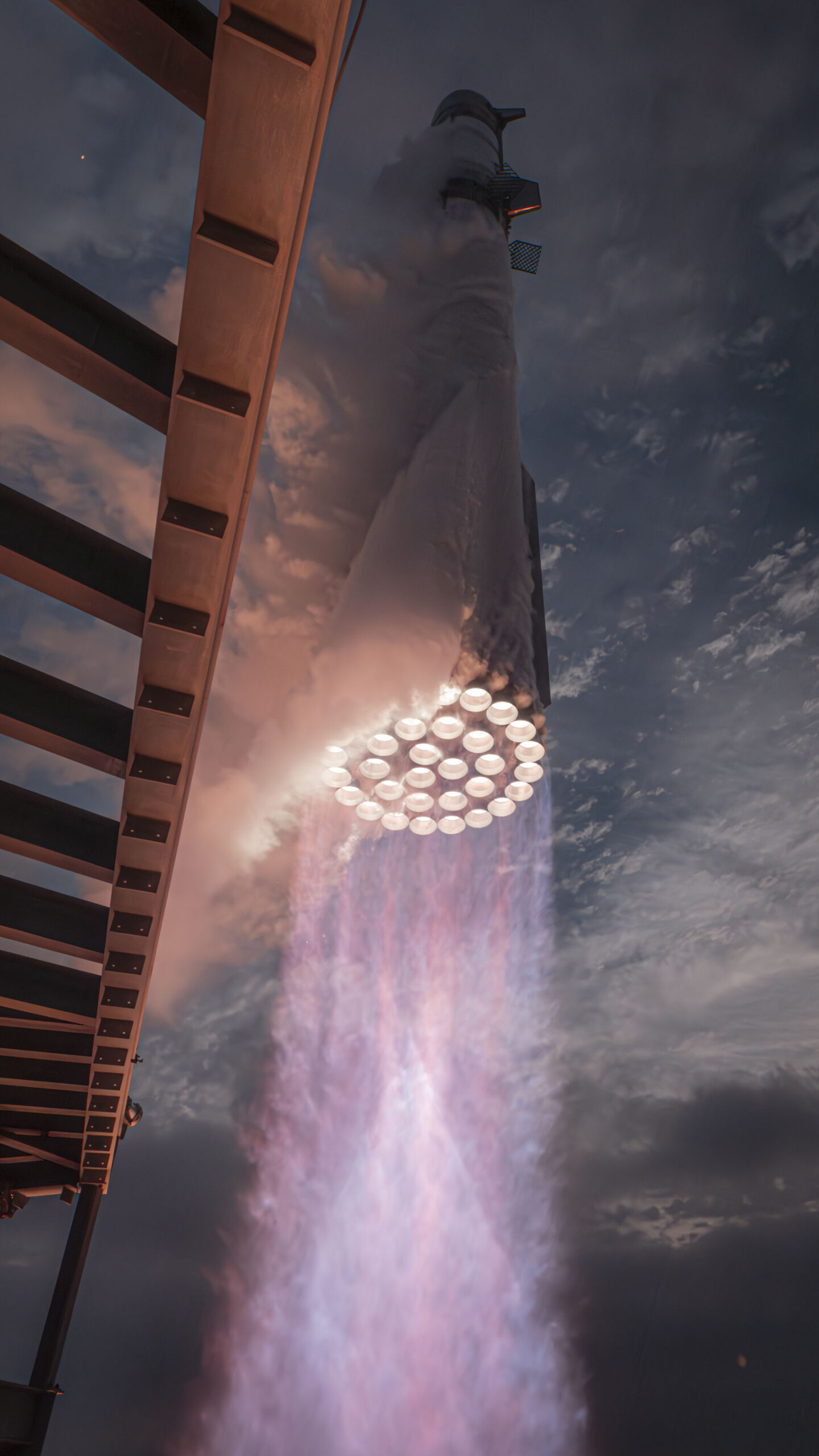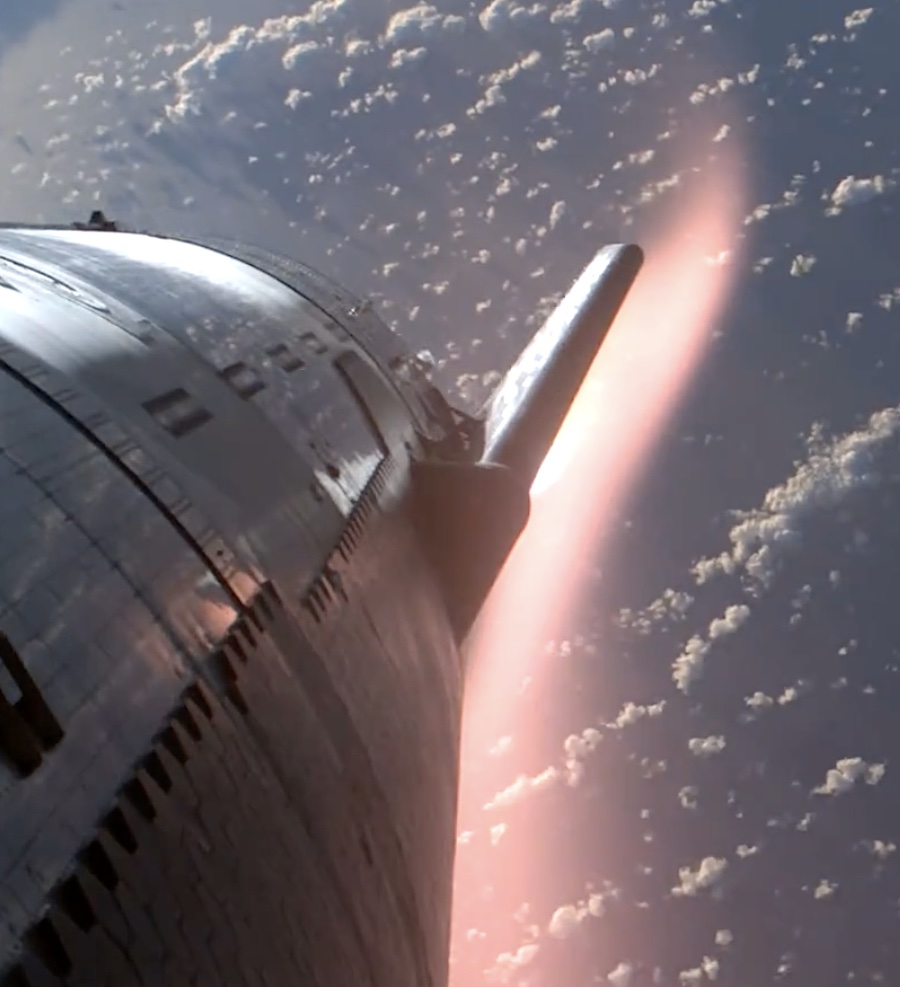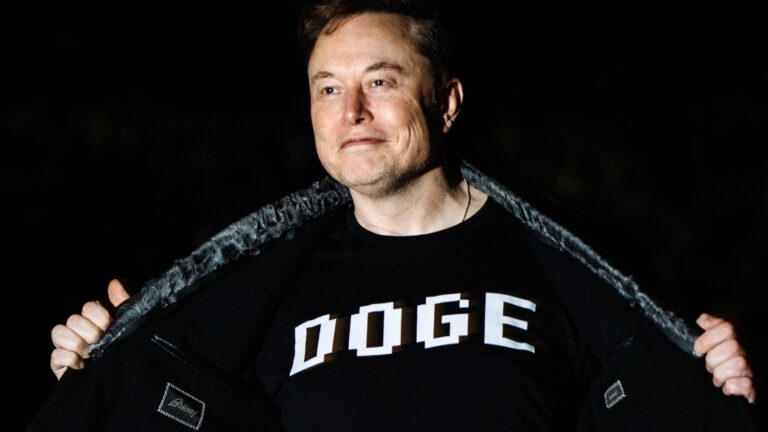SpaceX's new-generation Starship rocket, the most powerful and largest launcher ever built, flew halfway around the world following liftoff from South Texas on Thursday, accomplishing a key demonstration of its ability to carry heavyweight payloads into low-Earth orbit.
SpaceX's third towering Starship rocket, standing some 397 feet (121 meters) tall and wider than the fuselage of a 747 jumbo jet, lifted off at 8:25 am CDT (13:25 UTC) Thursday from SpaceX's Starbase launch facility on the Texas Gulf Coast east of Brownsville. SpaceX delayed the liftoff time by nearly an hour and a half to wait for boats to clear out of restricted waters near the launch base.
Hitting its marks
The successful launch builds on two Starship test flights last year that achieved some, but not all, of their objectives and appears to put the privately funded rocket program on course to begin launching satellites, allowing SpaceX to ramp up the already-blistering pace of Starlink deployments.
"Starship reached orbital velocity!" wrote Elon Musk, SpaceX's founder and CEO, on his social media platform X. "Congratulations SpaceX team!!"
SpaceX scored several other milestones with Thursday's test flight, including a test of Starship's payload bay door, which would open and shut on future flights to release satellites into orbit. A preliminary report from SpaceX also indicated Starship transferred super-cold liquid oxygen propellant between two tanks inside the rocket, a precursor test ahead of more ambitious in-orbit refueling tests planned in the coming years.
Future Starship flights into deep space, such as missions to land astronauts on the Moon for NASA, will require SpaceX to transfer hundreds of tons of cryogenic propellant between ships in orbit.
Starship left a few other boxes unchecked Thursday. While it made it closer to splashdown than before, the Super Heavy booster plummeted into the Gulf of Mexico in an uncontrolled manner. Some of its engines appeared to fire just before impact into the Gulf, but the booster started corkscrewing seconds before reaching the sea. If everything went perfectly, the booster would have softly settled into the ocean after reigniting 13 of its engines for a final braking burn.




 Loading comments...
Loading comments...
